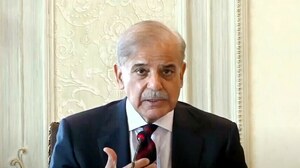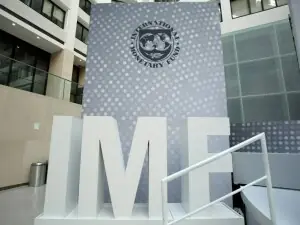The Canadian dollar is expected to stabilise for the next couple of months, but the battered "loonie" will dip further over the longer term as the Bank of Canada holds interest rates steady, a Reuters poll showed. The Canadian dollar started off the year poorly, falling to a 4-1/2-year low by the end of January as it extended a sell-off that began in October when the central bank dropped its bias to raise rates.
Since then Canada's economic miracle, which drove it through the global financial crisis and Great Recession almost unscathed, has become a tougher tale to tell.
There have been signs of a slowdown throughout the economy, and worries are mounting about Canadian households' immense debt pile and sky-high house prices, which are among the most expensive in the world by many measures.
Only a lack of any new bad news has given the loonie some reprieve, said Greg Moore, senior currency strategist at Royal Bank of Canada in Toronto.
"The bigger picture hasn't changed. What's changed is we haven't had anything new to drive lower levels in the Canadian dollar," said Moore.
The loonie recovered some ground in February and has traded sideways as traders have instead focused on developments overseas, including recent turmoil in emerging markets.
The median forecast in the latest Reuters survey of 52 economists and currency strategists was for the Canadian dollar to trade at C$1.11, or 90.09 US cents, in one and three months from now, which is about where the currency ended its North American session on Tuesday. But the Canadian dollar is forecast to weaken to C$1.12 in six months from now, within reach of January's low of C$1.1225, and then slip to C$1.13 in 12 months. That outlook is roughly the same as the last poll taken in February.
The Bank of Canada's monetary policy will continue to be one of the biggest drivers for the currency.
At its most recent meeting in January, the central bank said it was more concerned about the weak inflation outlook, and left the door open to an interest rate cut. "We see potential for further gradual weakness in the Canadian dollar as the Bank of Canada's stance has evolved to become more dovish amid low inflation," said Eric Viloria, vice president and currency strategist at Wells Fargo.
The central bank also said the strength in the loonie still posed an obstacle to the export sector, which investors took as a signal to sell. Since then, data showed January's inflation rate rose more than expected and investors anticipate that should prevent the central bank from turning more dovish in the near-term.
The central bank is likely also assessing the impact of the depreciation of the Canadian dollar to see if that flows through to lift inflation and economic activity, said Moore.
"At the moment, I imagine they're in a bit of a holding pattern and I don't expect any shift in that until we get more data evidence," said Moore.
BR100
16,405
Increased By
92.5 (0.57%)
BR30
52,938
Increased By
579.1 (1.11%)
KSE100
158,781
Increased By
743.5 (0.47%)
KSE30
48,500
Increased By
249 (0.52%)





















Comments
Comments are closed.